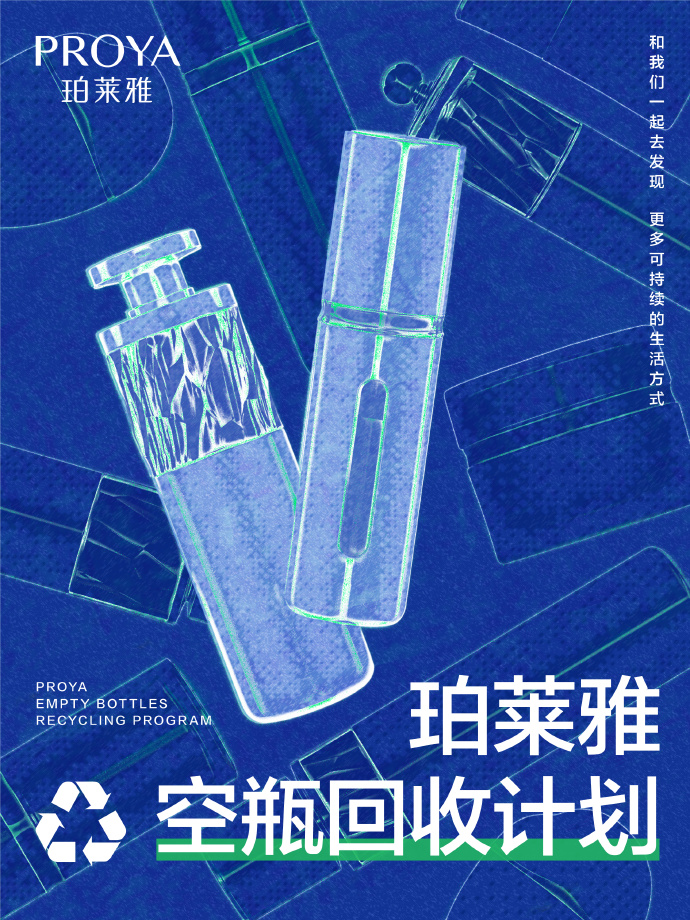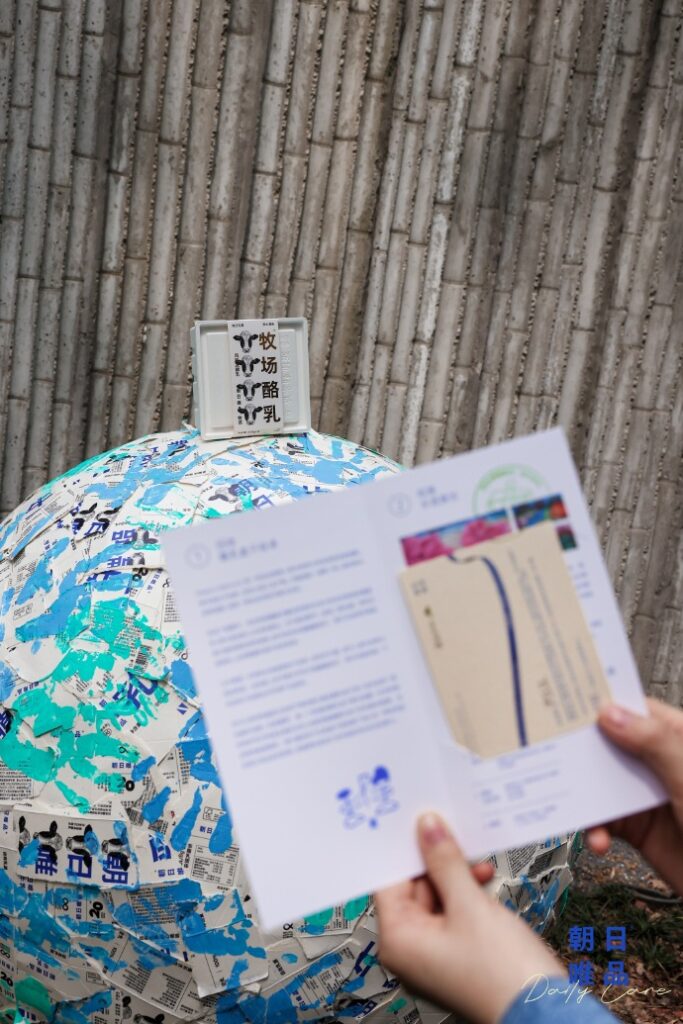Key takeaways:
- Starbucks and Proya Cosmetics launched effective plastic reduction initiatives on Earth Day.
- Purcotton and Goofish strived to create an emotional resonance with their users on environmental issues.
- Green marketing is successful when it draws users’ attention to environmental protection.
22 April is Earth Day and with society’s growing concern for sustainability, environmental protection as a consumer concept and lifestyle has resonated with many brands and consumers.
This year’s theme is “Planet vs. Plastics”. The fundamental approach to addressing plastic pollution is to reduce the use of plastic products. This has prompted many brands to focus their Earth Day marketing efforts on addressing the actual problem and conveying these concepts through their products to consumers, in order to demonstrate the brand’s social responsibility.
Practical action
Shifting to safe, recyclable materials and minimizing excessive usage, or utilizing recycled materials to enhance reusability.
Brands’ practical actions in the face of plastic reduction can be broadly divided into two types: one is to use safe, recyclable, biodegradable, and environmentally friendly materials instead of disposable items or to avoid excessive use of materials; the other is to use environmentally friendly materials made from recycled and discarded products to increase the possibility of reuse.

On Earth Day, users bringing their own cups to Starbucks coffee shops from 11am-12pm could get a free medium Americano, and the first 30 people were upgraded to an oat milk latte.
This campaign has been ongoing for ten years. Not only on Earth Day but throughout the year, for example, if users place an order with a to-go cup at Starbucks, they will get £4 off their order. This is a way to make Earth Day’s significance of reducing plastic and carbon emissions a daily occurrence and even a corporate philosophy, rather than a mere formality during a specific timeframe.

Seesaw, also a coffee brand, announced its cooperation with VANS on Earth Day, launching the “No Carbon Gas” drink, and calling on users to “reduce carbon dioxide emissions by 50g for every 1km of green travel. ”
At the same time, Seesaw used environmentally friendly straw material to make a limited number of neck coffee cups, which are lightweight, portable, suitable for camping, and recyclable, and were given to users who ordered the “No Carbon Gas” drinks.

Proya Cosmetics announced that it recycles empty bottles and turns them into more useful eco-friendly items. According to the official explanation, Proya Cosmetics hopes that the empty bottles will be given a new lease of life after the products have revitalised the skin.
The clever association of skin and empty bottles demonstrates the attributes of Proya’s sustainable, eco-friendly brand.
Emotional resonance
Some brands are employing large-scale green marketing to resonate with young consumers and evoke emotional connections.
In addition to utilising the material properties of products to convey the concept of sustainable development to users through practical “carbon reduction” actions, some brands have chosen larger-scale green marketing, attempting to communicate the concept of sustainability in a manner that resonates with young people, thereby eliciting emotional resonance from most consumers.

Purcotton unveiled the “Mountain and Sea Cure Plan” video commercial, inviting “friends who have been cured by the mountain and the sea to cure the mountain and the sea together”.
Actual actions including: recycling old clothes for secondary use, allowing consumers to exchange old clothes for environmental protection bags, releasing two environmental protection action brochures to propagate an initiative to the general public-healing the mountains, the sea and ourselves, and so on.

As the leading ecosystem for the circulation of second-hand goods in China, Goofish established a green savings centre offline.
This constitutes an online and offline space centred on environmental issues. Goofish encouraged users to take photos and interact with each other, spreading the wealth of carbon-reduction knowledge, maximising the impact through social networking, and inspiring more people to participate in practising the concept of a circular economy.

Organic milk brand Zhao Ri Wei Pin constructed a globe out of milk cartons and displayed it on Anfu Road in Shanghai.
The brand invited users to treat the milk box as a ballot paper and deposit it into the recycling process measuring cylinder, with each milk box dropped off representing support for the environment. The activity embodies “recycled farming” in a light-hearted way, allowing people to experience the brand’s organic health and stirring up awareness for Earth’s protection through user participation.
Expressional diversity
The 2023 Higher Impact report, published by Amazon Advertising, reveals that 66% of global consumers actively seek out brands that conduct business in a sustainable way, a figure that is up 6% from last year. As more consumers around the world consider sustainability in their shopping journeys, brands can proactively engage sustainability-focused shoppers year-round, especially through Earth Day campaigns.
Brands can engage sustainability-focused shoppers, as more consumers prioritize sustainability in their shopping decisions.
For brands with environmental attributes, such as Purcotton, which focuses on natural cotton, and Zhao Ri Wei Pin, a milk brand that adheres to the principle of “Recycled Farming, Naturally Delicious”, Earth Day can deepen the brand’s eco-friendly attributes by linking green sustainability issues to the brand’s services or products.
For brands whose positioning is not directly related to environmental protection, sustainable issues can also be presented to audiences in more interesting forms, such as Proya Cosmetics and Seesaw recycling products into other objects. In the long run, this reflects the brand’s adherence to the business philosophy of long termism.
As long as they can draw attention to environmental protection and use warm and resonant green marketing to promote a more environmentally friendly life for consumers, it is a worthy direction for brands to take.









